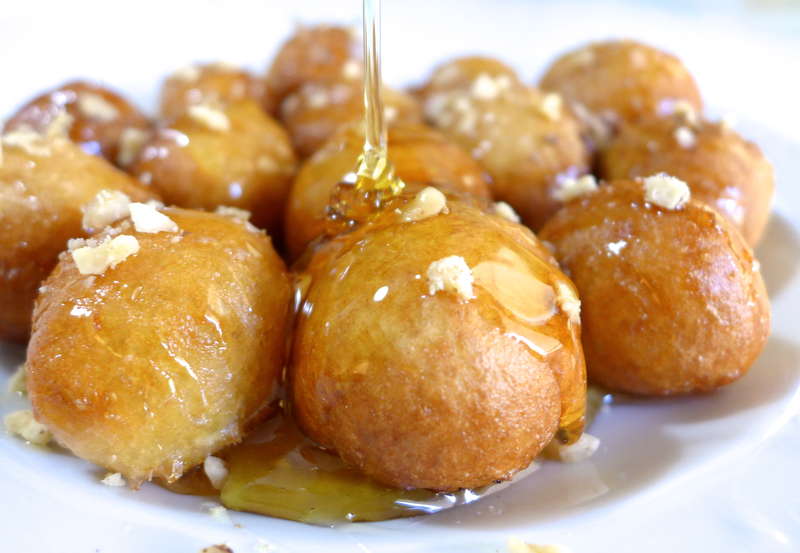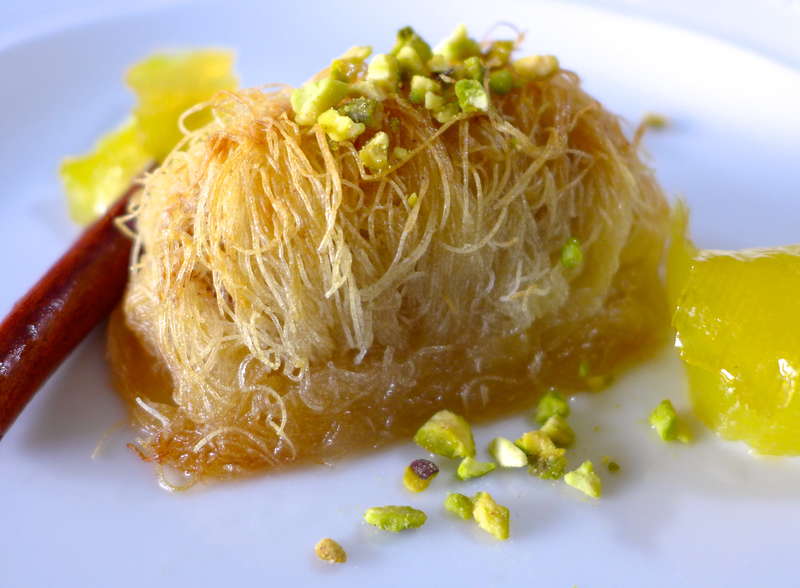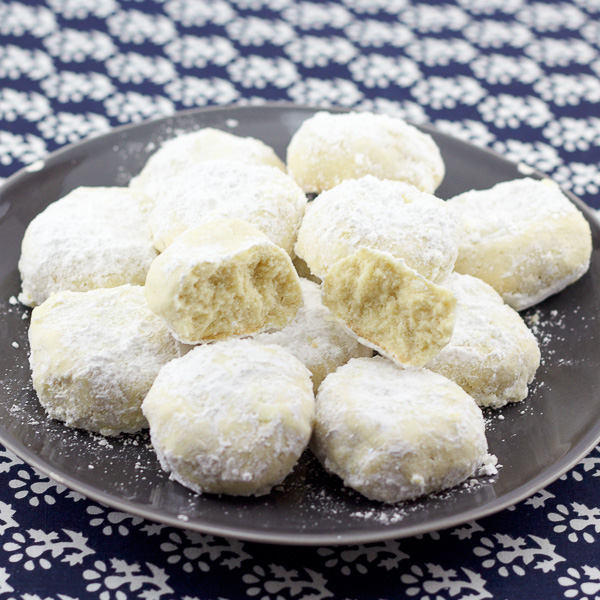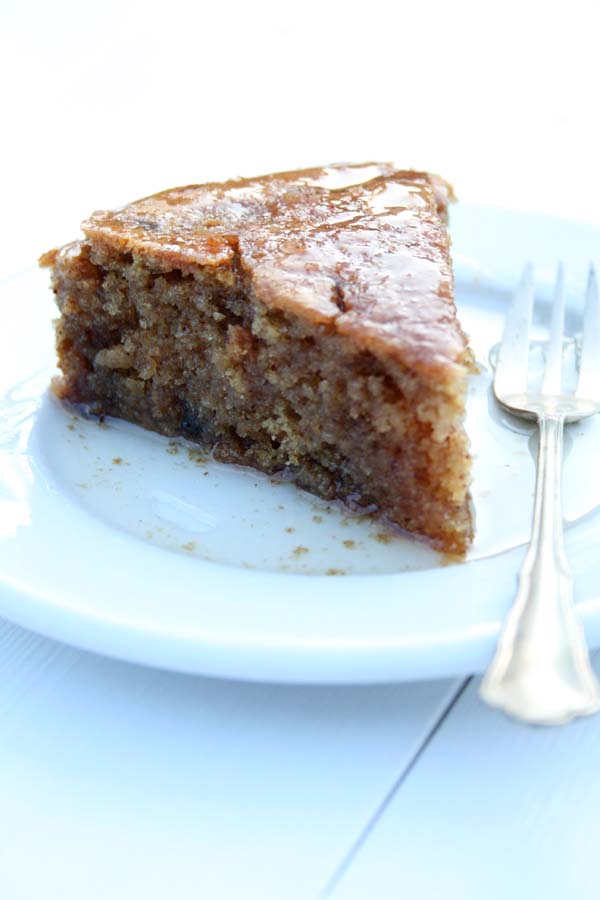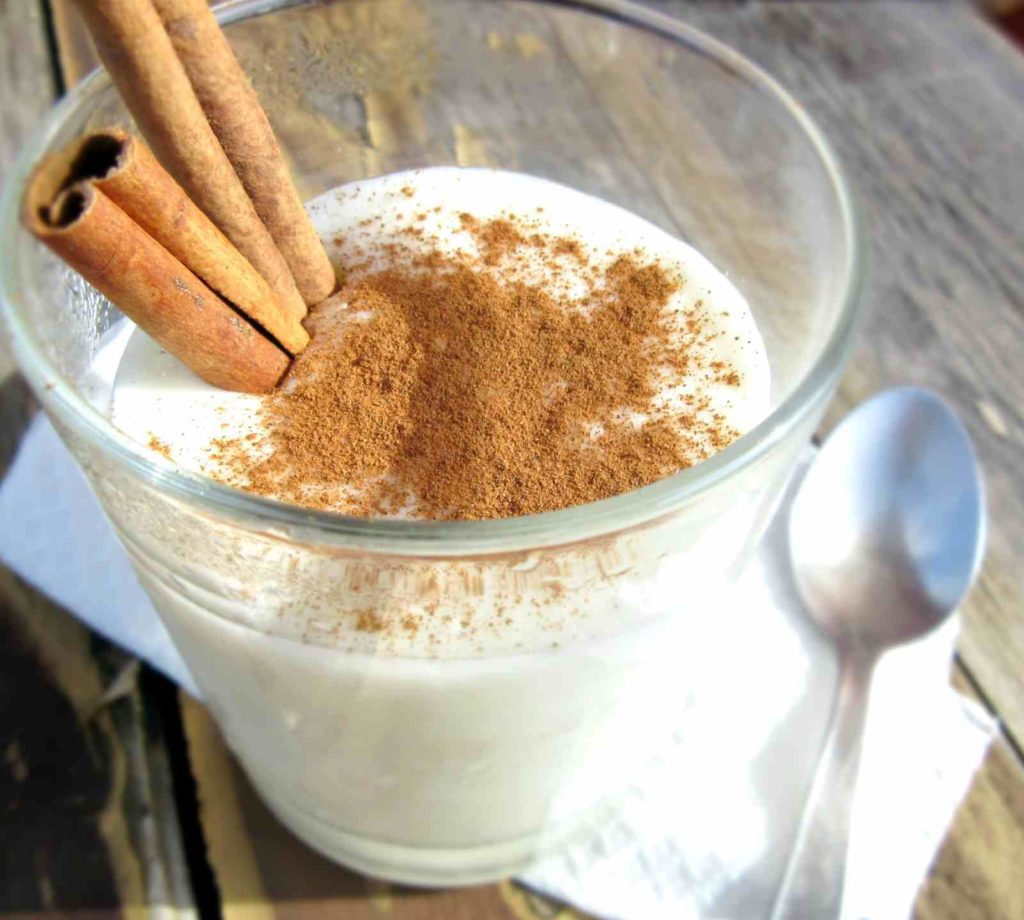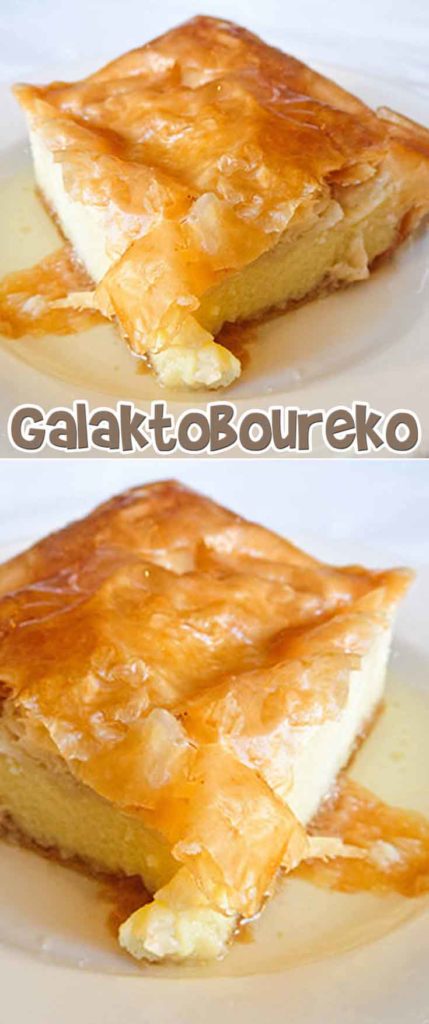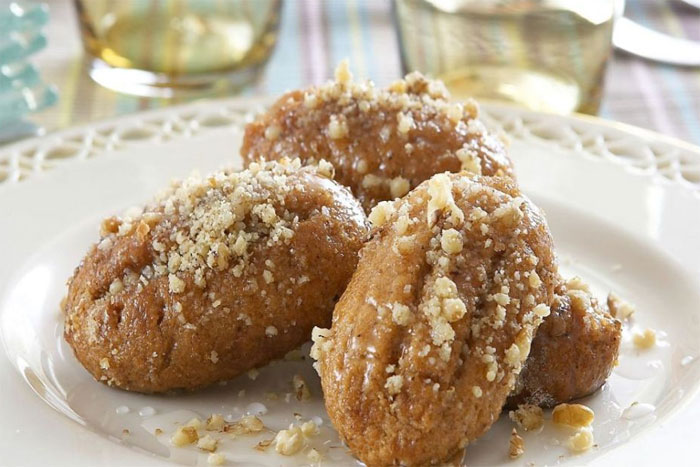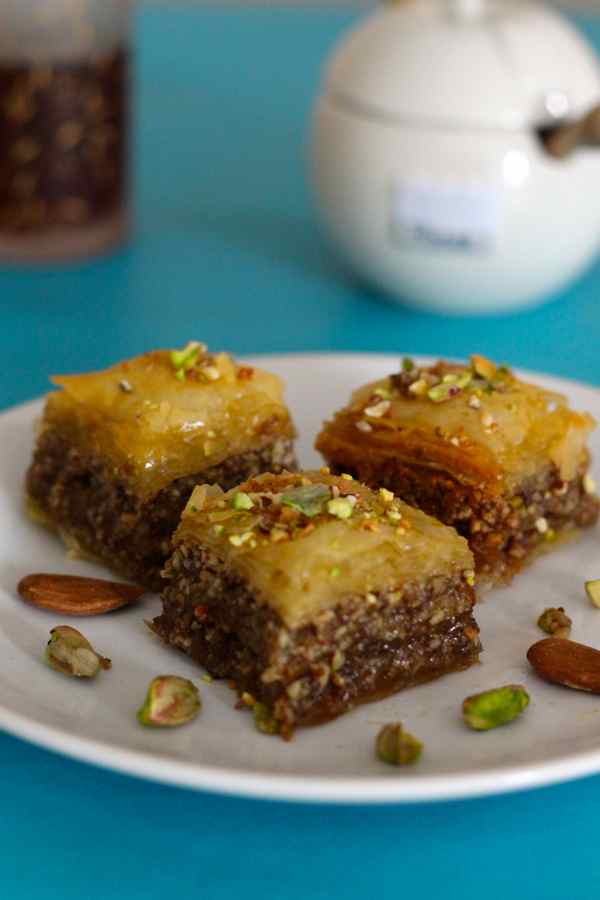It’s really hard for me to choose a favourite cuisine but Greek food, or more generally, Mediterranean cuisine is a definite highlight and so easy to recreate at home. I want to share with you how to easily enjoy Greek food at home.
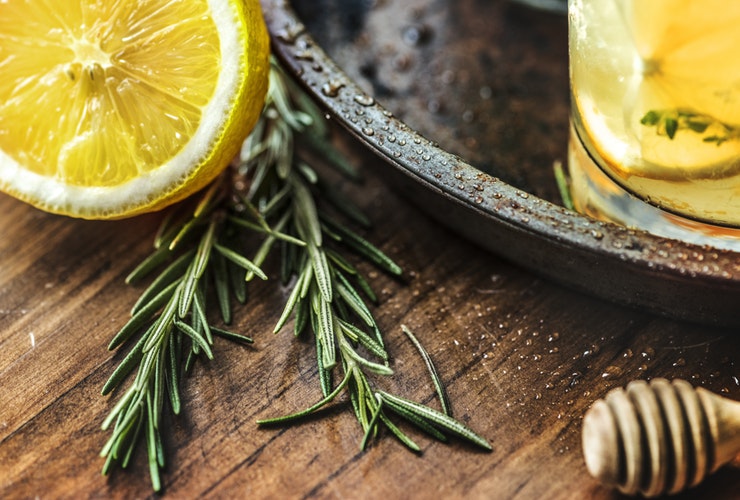
I love the lip smacking lemon flavour that is added to grilled meat, the copious amounts of garlic, the earthy flavour of oregano, the grilled meats and vegetables, salads dressed simply in olive oil, the Greek yoghurt for it’s creaminess and Kalamata olives. I can eat those babies like candy (and usually do)!
It’s the simplicity of the Greek food that I love the most. It’s the definitive meat, vegetables and potatoes meal but cooked simply, served with minimum fuss but with so much flavour.
Main Meals
MEATS:
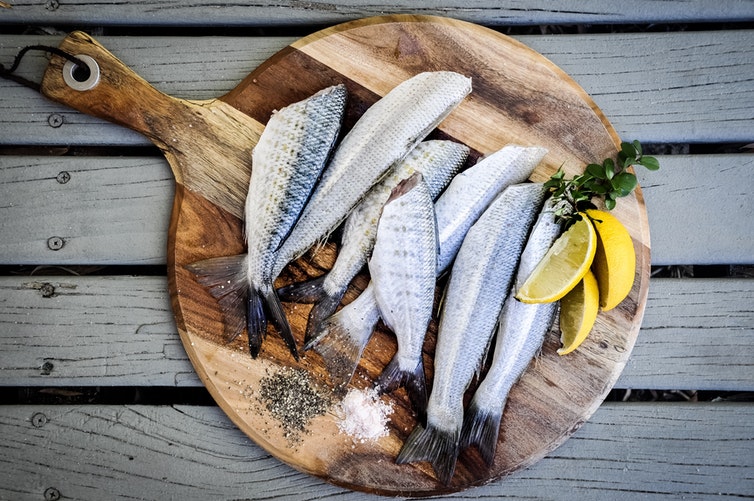
Being surrounded by water, Greece is renowned for seafood dishes. Fish, octopus/squid (or calamari), prawns, lobster or mussels appear regularly on the Greek dinner table. Fish can be simply grilled and finished with a squeeze of lemon, baked with herbs and/or tomatoes, made into croquettes or ‘cakes’ and fried. Octopus is one of their most eaten seafoods and can be purchased at a seafood market usually whole or prepared as a calamari tube or readily available in the frozen section of the supermarket as calamari rings. There are many Greek recipes using octopus if it’s something you’d like to try.
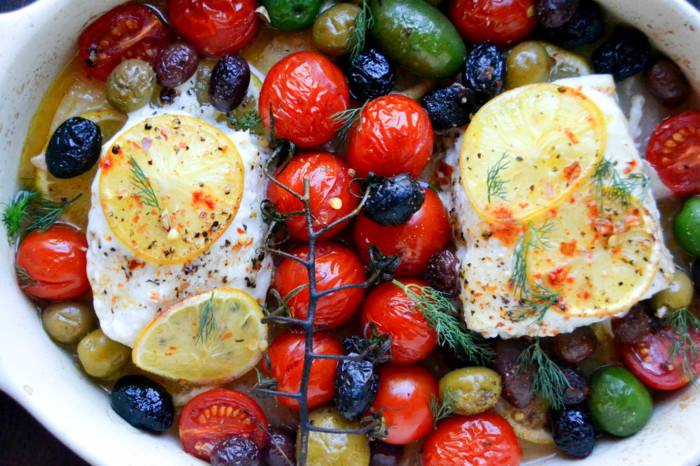
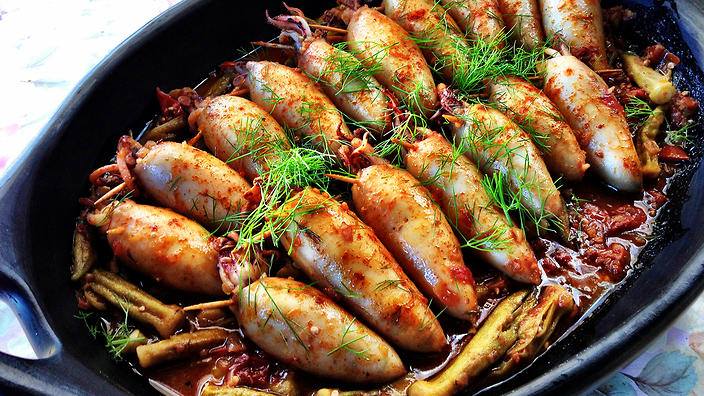
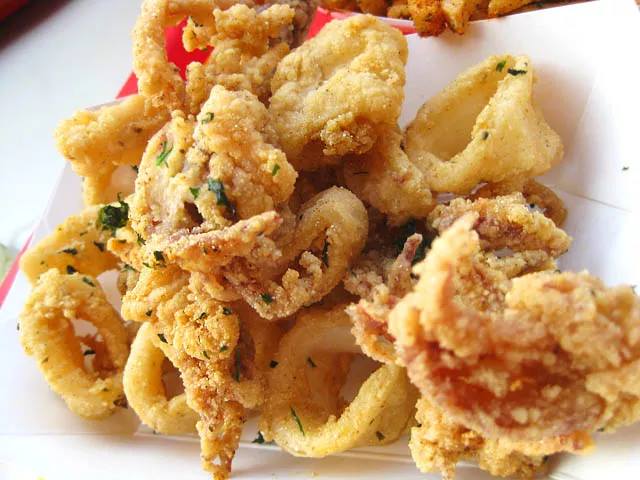

Taramasalata is the most delicious dip made from the roe of mainly cod but other fish can be used. It is blended with olive oil, lemon juice and either bread or potatoes. It is available as a ready made dip in the cold section of the supermarket and makes a fantastic addition to a meze platter or dip. It might not sound appealing but it is really, really good!

Lamb, chicken, beef and pork also appear regularly in Greek food. It is easily grilled on skewers (souvlaki) and eaten in pita bread with salads and dips.
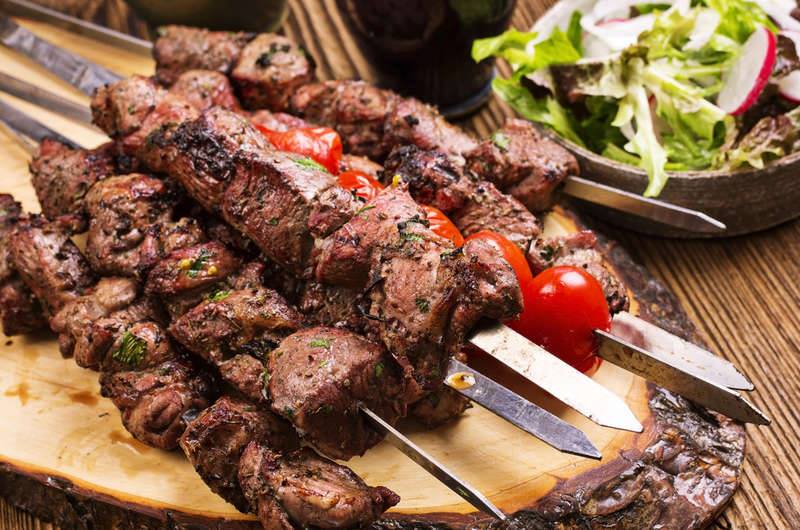
Whole lambs or baby pigs are slow roasted over an open fire for special occasions but you can roast in a conventional oven or use a slow cooker for smaller joints.
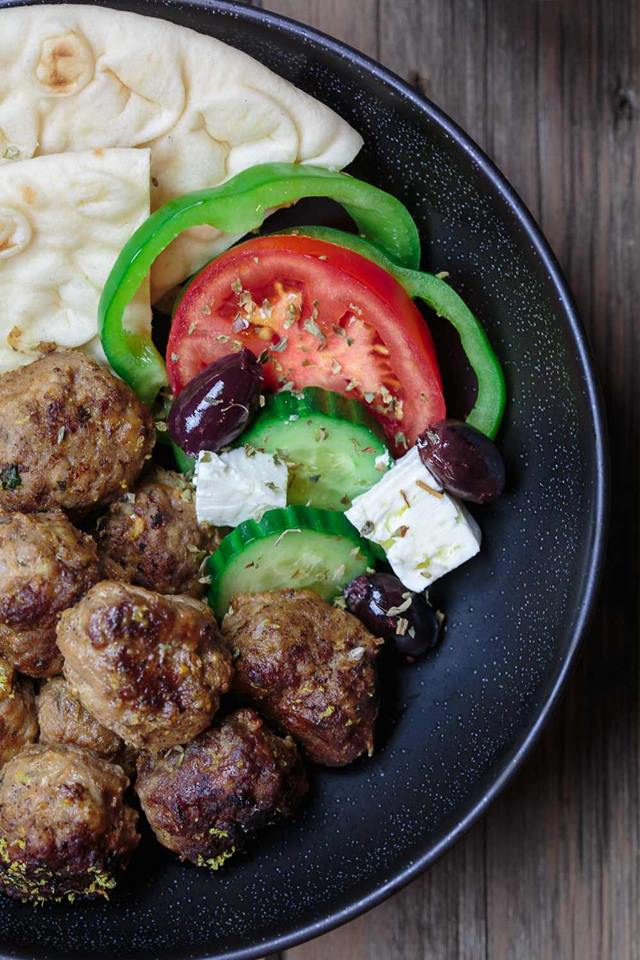
Ground meat is used in Keftedes (meatballs) also skewered or fried in a pan. It is also used in Moussaka or a dish similar to lasagna called Pastitsio. Eggs are added to the bechamel sauce for a more custard-like, rich topping which is delicious!
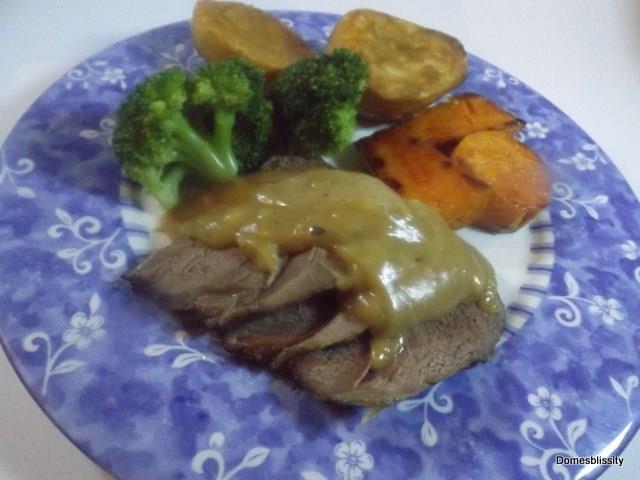
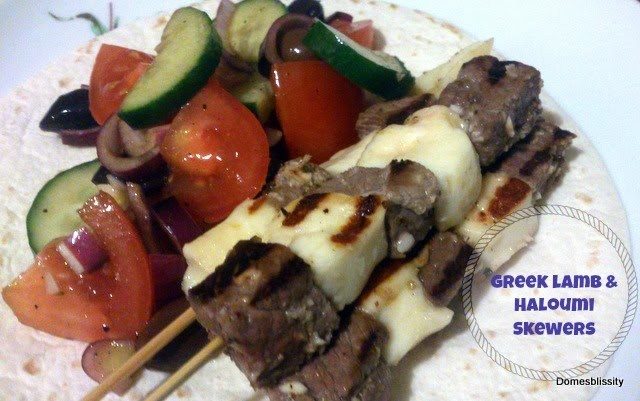
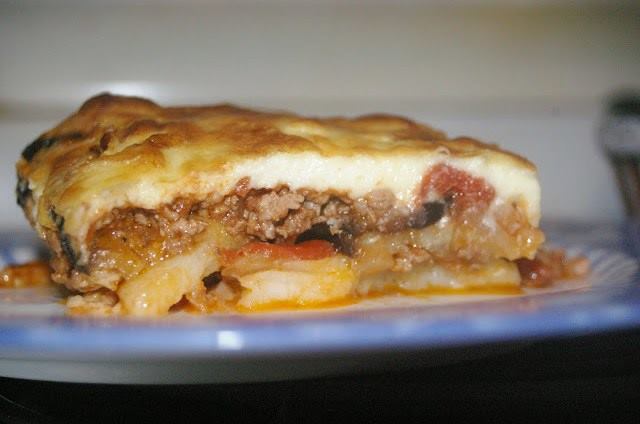
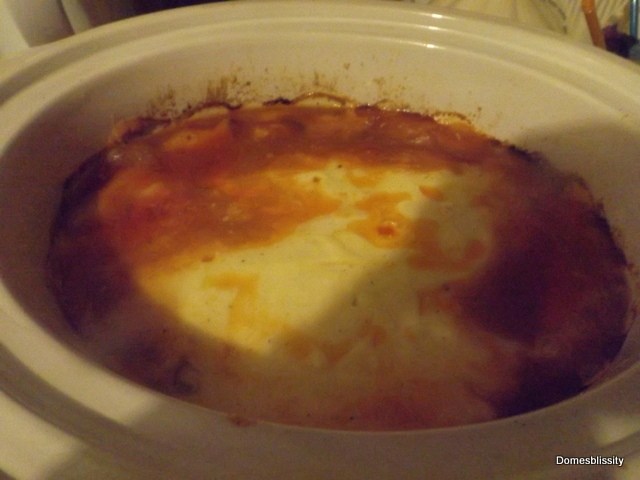
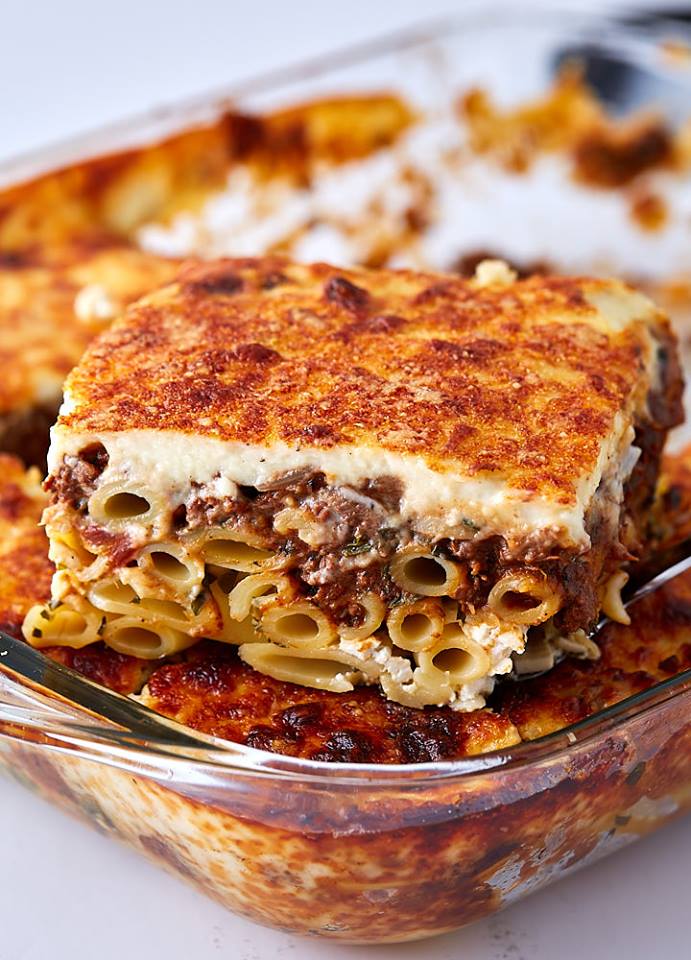
VEGETABLES:
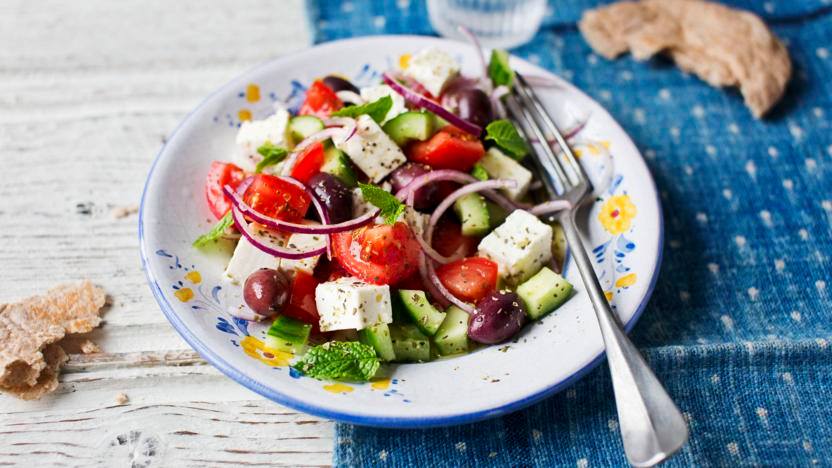
Some of the most commonly vegetables used in Greek cuisine are tomatoes, onions, olives, capsicum (peppers), spinach, zucchini (courgettes), potatoes, cucumbers, eggplant, garlic, and other greens. One of the dishes I make on a regularly basis, in summer or winter, is a traditional Greek salad. Simply tomatoes, cucumber, red onion, capsicum and Kalamata olives dressed with olive oil and balsamic vinegar and sprinkled with dried (or fresh oregano) and feta cheese. It is great on it’s own or as an accompaniment to any dish. Make as early as possible to allow the flavours to develop and is best served at room temperature.
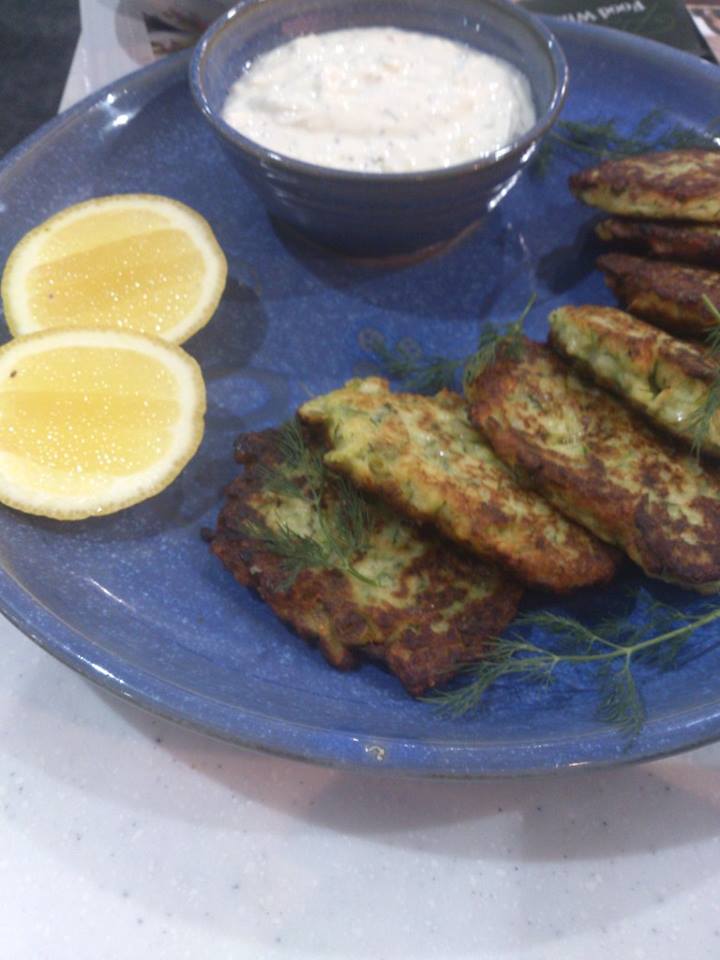
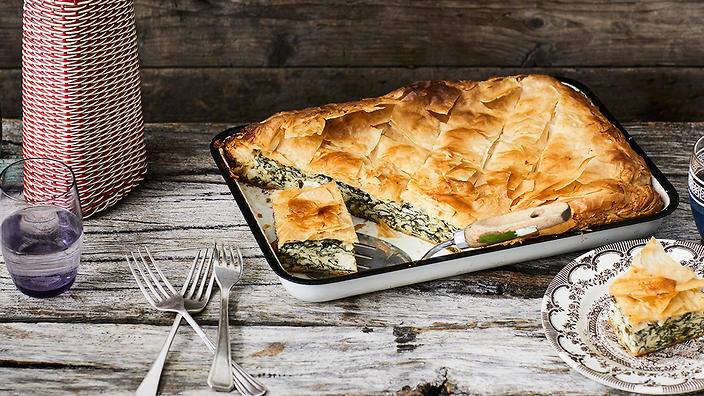
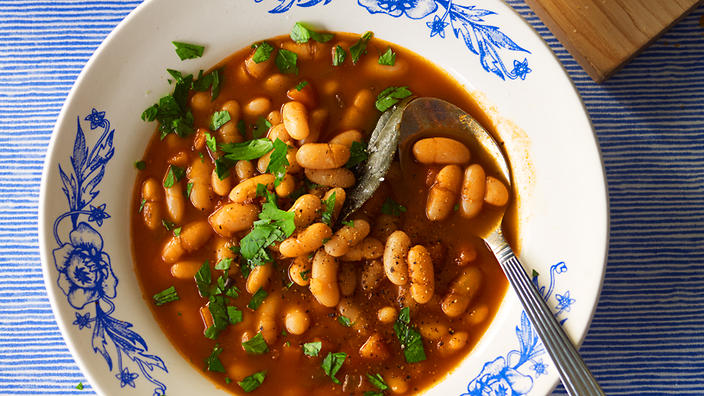
Greeks also love to use legumes like broad beans, chickpeas, lentils, navy, cannellini, black eyed peas and a selection of fresh and dried beans in their dishes which has helped them through lean times and for hearty winter cooking or summer salads.
CHEESE:
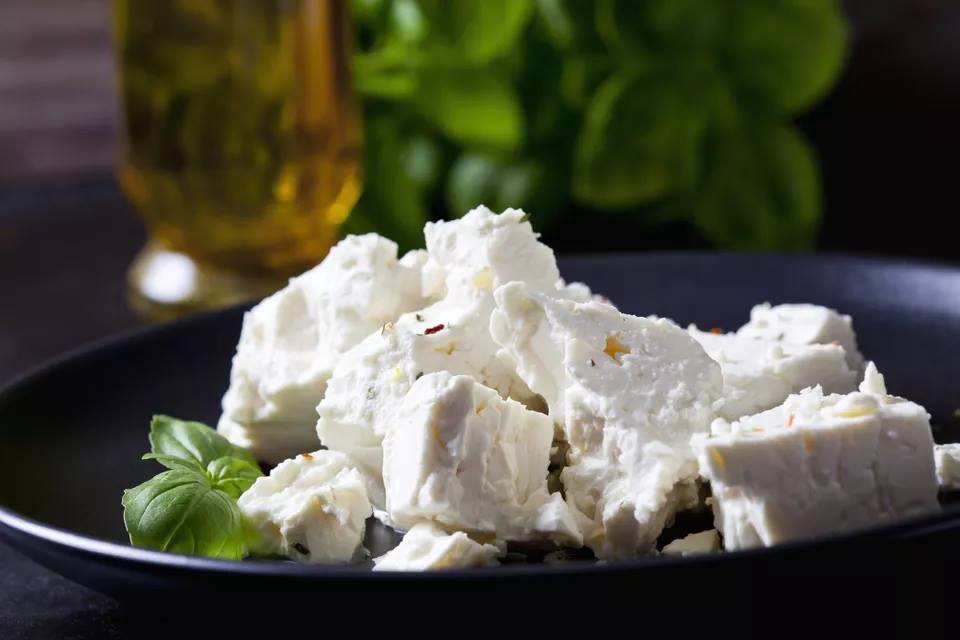
The Greeks love their cheese and unlike our traditional hard, cheddar type cheeses they are made from predominantly sheep or goat’s milk. Some cheeses are specific to a particular area of Greece and not so readily available in the supermarket but might be in a specialist deli if you hunt them out.
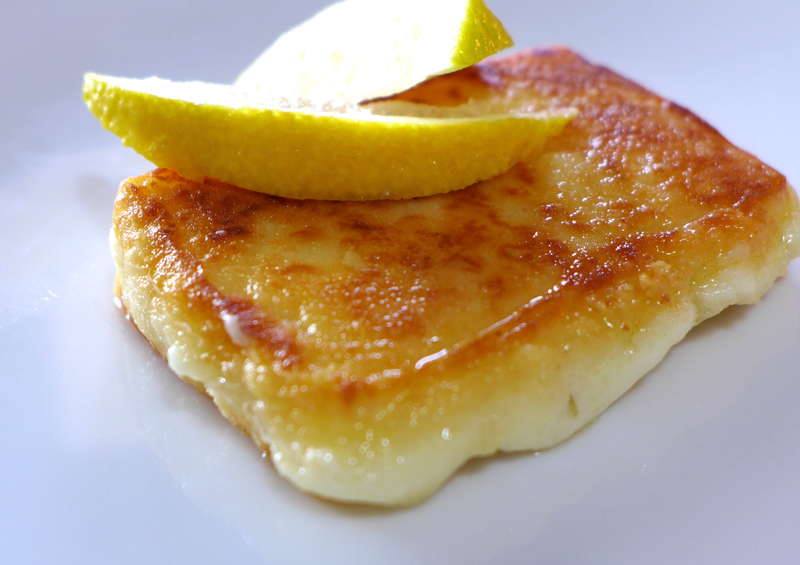
The most popular and my favourite is feta. A small square of homembrand feta cheese is about $3 from the supermarket and I can usually make this last a month. (You can also easily make it at home.) A small piece broken off and sprinkled on a salad is all I need. I also add it to Spinach & Feta Triangles (Spanakopita). Halloumi is another Greek cheese which keeps it’s shape when fried and can be a dish on it’s own served with a salad. Add a variety of Greek cheese to your shopping trolley to give your dishes a whole new flavour. Saganaki is a dish of fried cheese named after the pan it is fried in but can be referred to a variety of dishes finished with cheese.
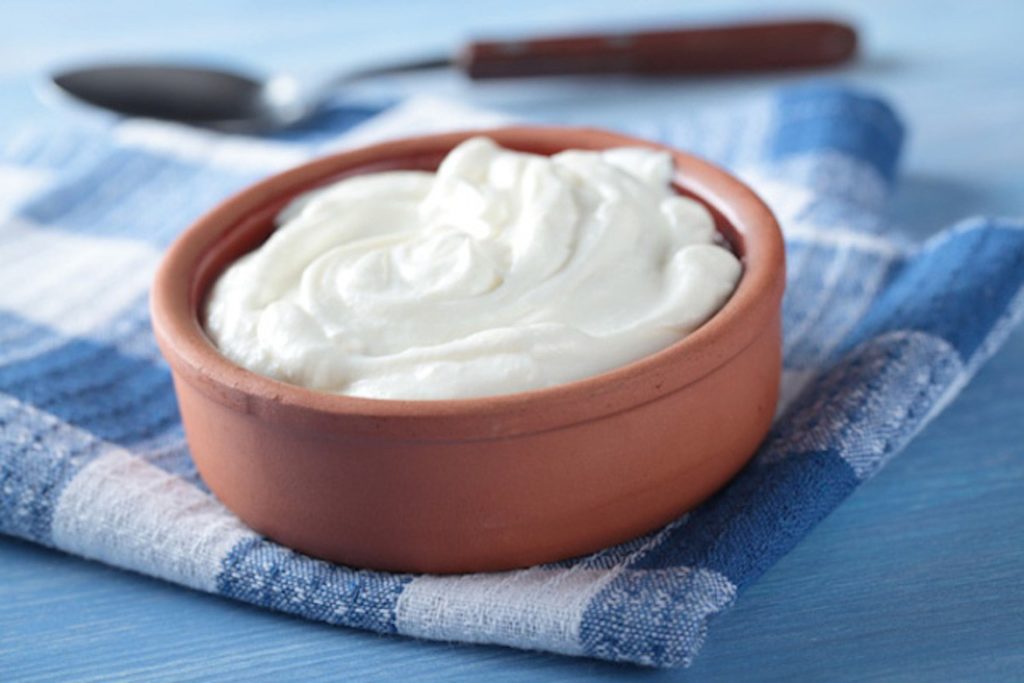
Other must haves for a Greek pantry include Greek yoghurt, filo pastry and extra virgin olive oil.
HERBS & SPICES:

Herbs like oregano, dill, mint, fennel, parsley, rosemary and thyme are commonly used. For both sweet and savoury, a little nutmeg is used in meat dishes like Moussaka and Pastitsio. Fresh is best but dried is always good to have in the pantry.
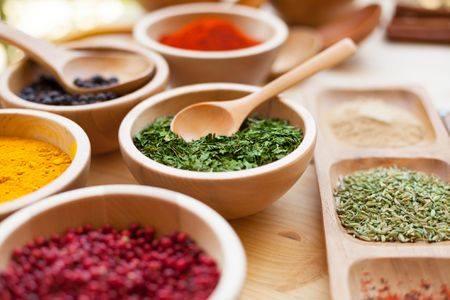
Anise, cinnamon, salt, pepper, cloves, dried coriander, cumin, saffron, sumac and dried chilli are all commonly used spices.
BREAD:
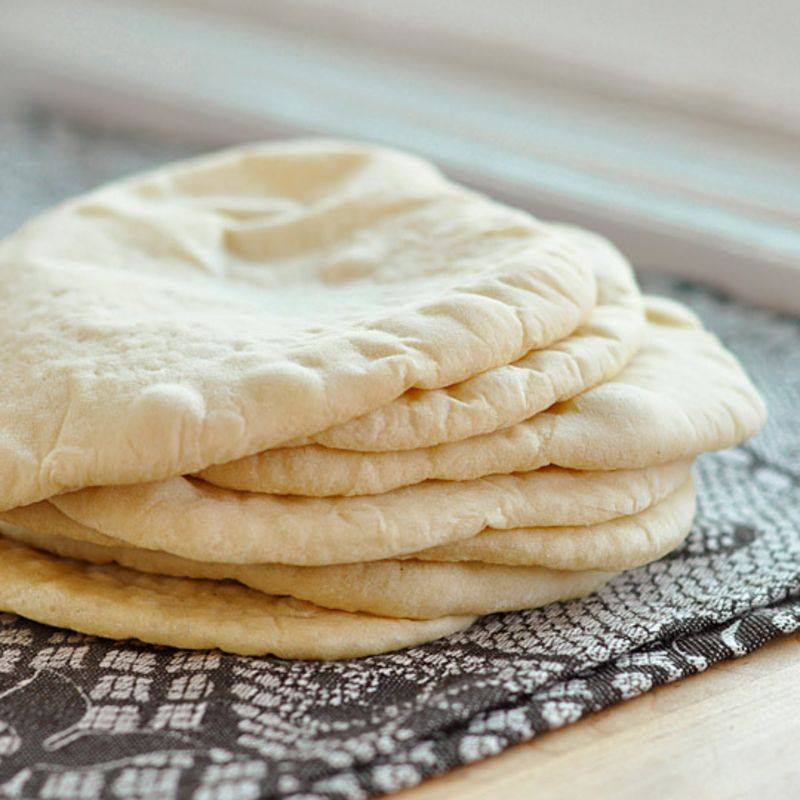
What’s not to love about wrapping grilled souvlaki in Greek pita bread? A flat bread, usually with a pocket that is readily available from the supermarket but can be made easily at home. Keep some in the freezer for quick meal of kebabs.
Greek Sweet Dishes
When I think of Greek sweets and desserts I automatically think of pastries soaked in honey and filled with nuts like in the traditional Baklava. Not that I’ve ever made but do enjoy a piece if I see it when I’m out.
Ingredients to keep on hand for Greek desserts would include:
- Baking essentials: plain flour, yeast, milk, sugar, icing sugar, butter, eggs etc
- filo or puff pastry
- Greek yoghurt
- Semolina
- Kataifi dough (check online for nearest stockist)
- honey
- citrus fruits
- rice
- Spices, eg cinnamon, nutmeg, cloves
- nuts, eg walnuts, pistachios, almonds
Baklava isn’t all their known for. Check out the other desserts below that can easily be recreated at home.
